The Complete Guide To Rooftop Landscaping
If you’re staying in an apartment or a condominium or you just don’t have a yard, there’s no way you can have a garden. That is unless you grow it on your rooftop!
Besides balcony landscapes, rooftop gardens are often the only way for anyone to have a garden in metropolitan cities, where land is scarce and most people stay in multi-level buildings with no yards.
You may also have a multi-level home that doesn’t have a yard, necessitating a garden on top of your
roof.
Either way, rooftop gardens are one of the best ways to enjoy the benefits of gardening when you don’t have a yard. You can do a lot with your rooftop space, and this article will teach you how to make the most out of it.
Rooftop Gardens vs Normal Gardens
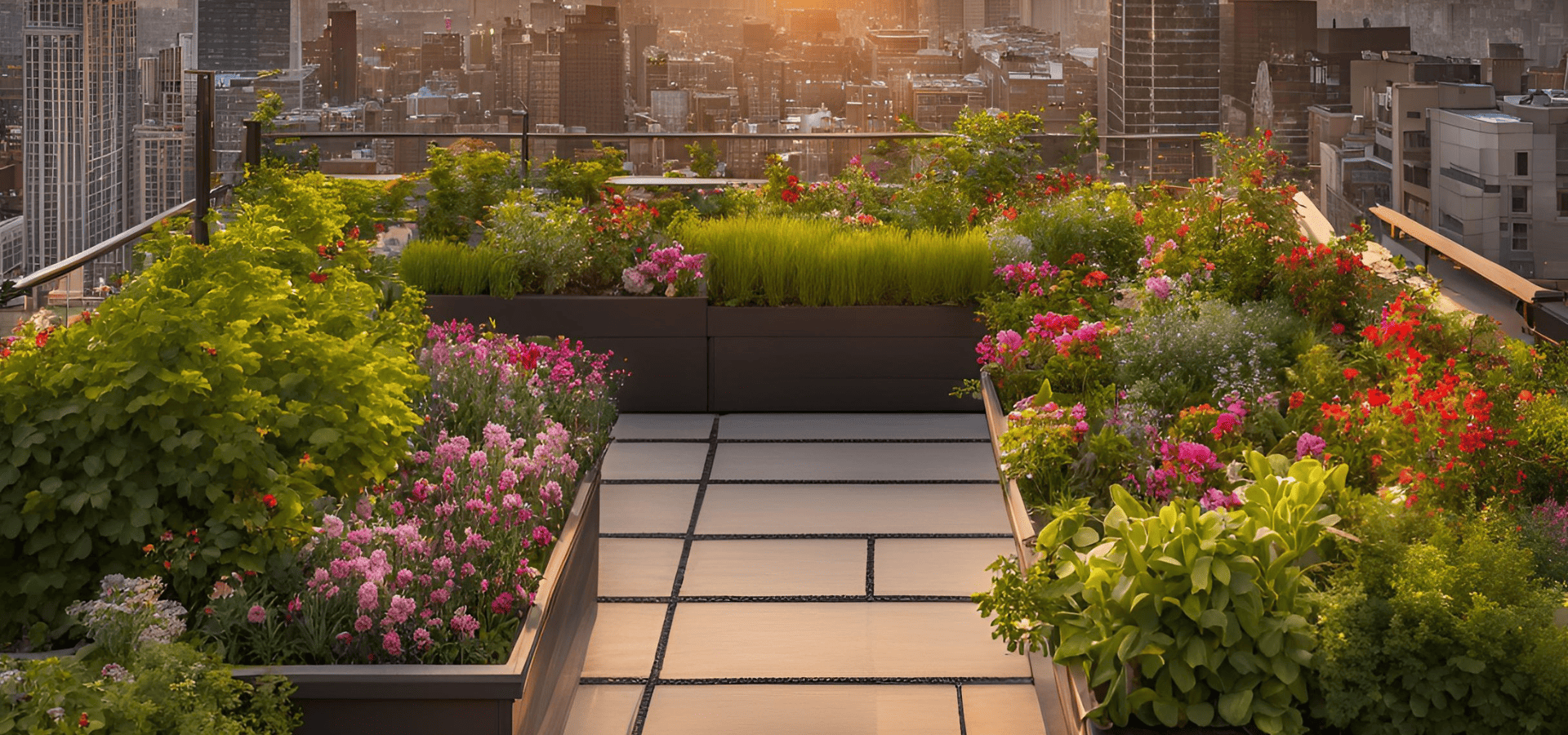
First off, why can’t we just landscape rooftops the same way as normal outdoor spaces? Assuming it’s the same amount of space, they’re essentially two same spaces, just at different heights right?
Well, not quite. Here’s what you need to be aware of.
Sunlight Levels
For normal gardens, there will definitely be some part of it blocked from the sun by your house at some times of the day. However brief those moments of blockage are, they are chances for your plants and the surrounding environment, the soil, the hardscapes, and so on to cool down.
For your rooftop gardens, other than during cloudy moments, your plants and hardscapes will be shone on by the sun all day. Just like how you can endure some time in the sun, but extended periods will cause sunburns, your plants are no different.
Due to their elevated position, rooftop gardens will also experience more wind than ground gardens, which means not only more stress on your plants, but also quicker drying of moisture.
Rooftop gardens will be exposed to harsher and hotter weather, so you will have to either use more resilient plants or take measures like enacting shelters to protect your plants.
Weight Restrictions
Roofs are meant to function as shelters for your home or building, and are not often designed to handle too much additional weight. They will be capable of handling the weight of some people walking on it and some necessary features, but anything additional needs to be checked.
While you may think it’s just plants, the weight of the soil, irrigation system, furniture, and hardscapes can quickly add up.
Unless a rooftop garden’s weight was factored into the roof’s load-bearing capacity in the original plan, chances are, a large full on regular garden with hardscapes and furniture will exceed the weight limit.
As such, you have two options. Either engage structural engineers or architects to assess the roof and take measures if necessary like reinforcing the structure, or opt for lightweight materials and features and take measures to minimize additional weight.
Water Needs
Besides your plants needing more water due to wind and hotter conditions, you may have to opt for lighter potted plants rather than a full garden bed. This means less rainwater is collected, further increasing your rooftop garden’s water needs.
This means more frequent watering may be required, along with larger amounts of water. This may necessitate an irrigation system to relieve the burden of frequent maintenance. This translates to additional cost and weight, which will also need to be factored into calculations.
Purpose
At their core, all gardens serve to purify air, reduce the amount of carbon dioxide, and support the environment.
However, besides that, there are marked differences that make rooftop gardens unable to serve the purposes that ground gardens can.
First, due to the weight restrictions, chances are, you won’t be growing crops. Even if you could, it would be so little that it wouldn’t really amount to anything.
Second, you won’t be able to host as many people or host a variety of different events. The functionality a rooftop landscape can have is limited by, again, weight. It would be dangerous to try to incorporate things like an outdoor kitchen, a patio, or even a pool at the top due to the weight restrictions.
Lastly, if you’re staying in an apartment and the garden is on the rooftop, it definitely won’t be as easily accessible as if it were a ground garden you could just walk out to. Even if it’s just a multi-story home that you have, a rooftop garden still takes that much more effort. This makes rooftop gardens inherently less a part of your daily life, if even at all. The limited functionality makes it even more so.
As such, rooftop gardens serve more as quiet spaces to retreat to or relaxation spaces, rather than spaces that you would use for your daily recreational activities more often.
Rooftop Landscape Planning
When planning for a rooftop landscape, due to the fundamental differences we just listed, there are additional steps to take when planning. Here’s how to plan for a rooftop landscape.
Step 1: Find Out The Rooftop Load Capacity
The first step is the most important. Trying to skip this step can have disastrous consequences. If you really don’t want to hire professionals to assess your rooftop’s load capacity, you will have to make do with small, lightweight potted plants.
If you’re serious about an actual garden though, you need to determine the load capacity of your rooftop, then see if it’s necessary or whether you want to reinforce it. Only by doing this can you safely have a good sized lush garden.
At the same time, you will also need to share your final plans with the professionals to see if it’s feasible. Just because it’s within the weight limit doesn’t mean it automatically passes. 100 kg in the center of the rooftop is different from 100 kg near the edges, and a 100 kg water feature is different from a 100 kg garden.
Step 2: Read Up On Local Permits And Regulations
Before you proceed with the planning, there’s one last thing to do. Regulations and permits vary from city to city and town to town. These regulations are put in place for safety. For example, you can’t have structures past a certain height so as not to distract or obstruct aircraft.
These rules can vary quite widely, so it’s important to check on your own region’s rules and get the permits necessary.
Step 3: Proceed With The Planning
Once you’ve ensured that you’re complying with the local regulations and you know how much you can add to your rooftop, you can begin the planning.
As you’re doing the planning, don’t forget to diligently add up the weight of everything you’re incorporating.
Also, you’ll likely have limited space and weight to work with, so don’t forget to plan for both functionality and aesthetics.
Choosing The Plants
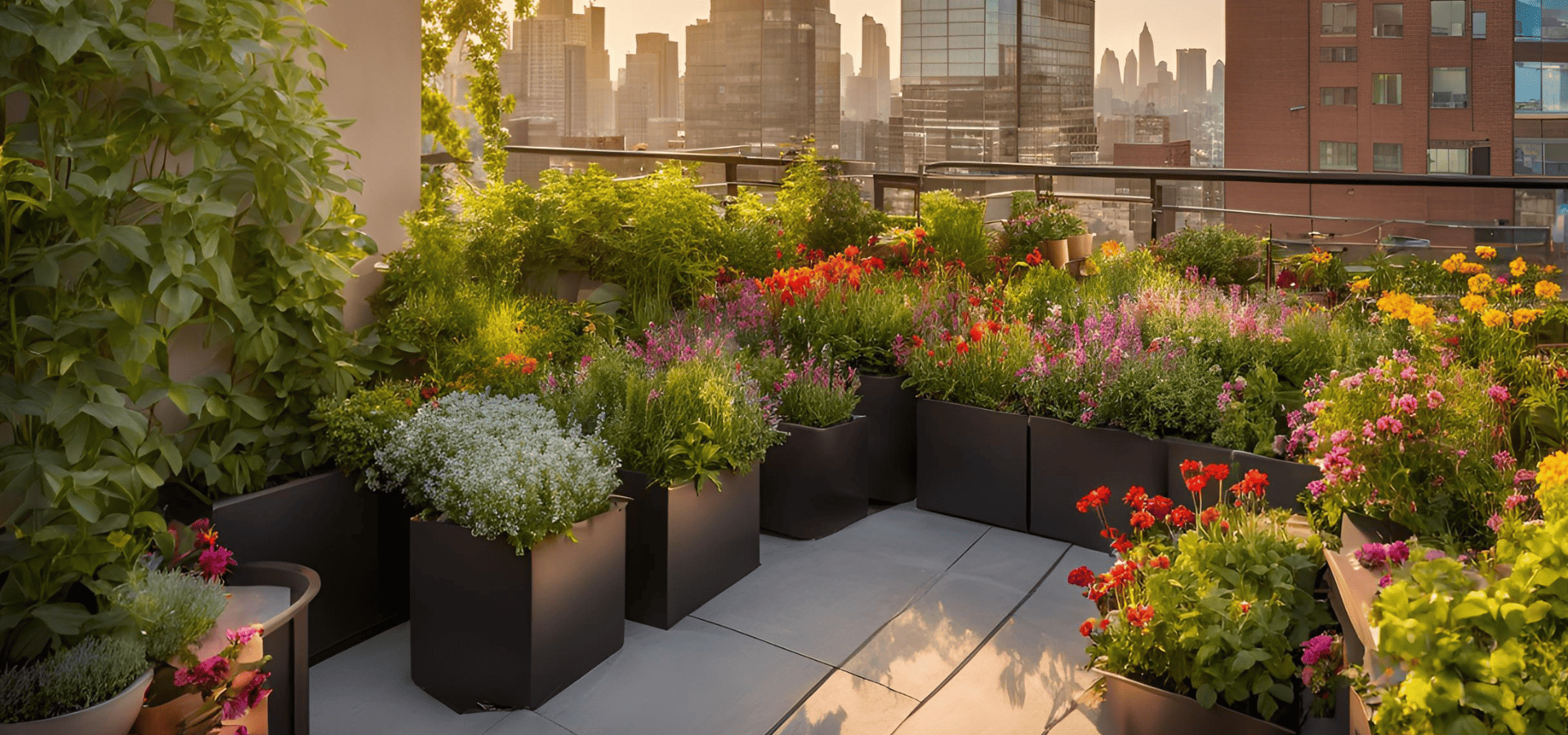
Now for the plants, remember, they will be exposed to harsher conditions on the rooftop, so you need plants that can withstand those. In addition, taking into account the weight limits, you may or may not need plants that can fit in pots, and the plants themselves may also need to be lightweight.
If your rooftop is able to bear more weight, then you won’t need to grow your plants in pots or have the plants themselves be more lightweight.
Nevertheless, if your plants can grow in pots, they can grow in a garden bed. To ensure the plants we recommend can be used for anyone’s garden, these plants are lightweight, can be grown in pots, and have no issue surviving in windy, sunny environments:
- Lavender
- Sunflowers
- Succulents
- Vegetables: Tomatoes, lettuce, etc
- Herbs: Rosemary, thyme, etc
- Fruit-bearing plants: Strawberries and dwarf citrus trees
Additional Tips
Here are some additional tips that will be immensely helpful to making your rooftop landscape work.
1. Irrigation Systems
With the hotter and windier rooftop environment, your plants will likely need more frequent watering. Add to this the fact that rooftop gardens take more effort to reach than normal gardens, and the need for an irrigation system becomes clear.
Unless you want to be going up to water your plants multiple times a day, you will want to install an
irrigation system.
Irrigation systems also help conserve water through more efficient irrigation, which helps mitigate some of the higher water usage and bills.
2. Dealing With Weight Limitations
Fret not if your rooftop can’t support a garden bed, because you can still have a garden with potted plants. Make sure to use lightweight containers so that you can have more plants and as mentioned earlier, use lightweight plants.
Even if you do decide to reinforce your rooftop to allow it to support more weight, it can still be a good idea to use lightweight containers and plants so that you have more spare weight capacity for other elements.
3. Dealing With The Sun And Wind
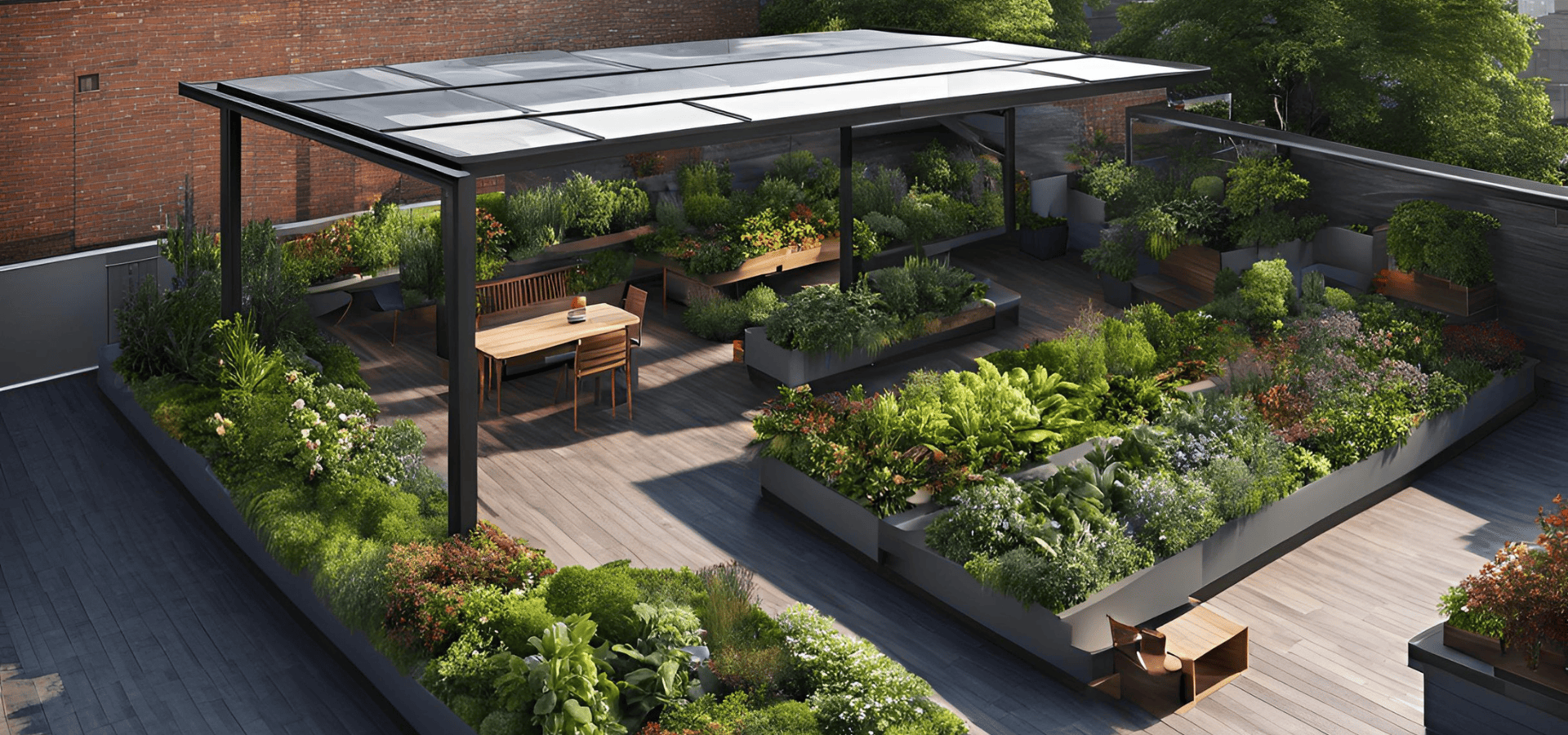
The easiest way to deal with the sun and wind is to use plants that can withstand those.
However, if you have any particular plants that you really want to use that aren’t as resilient, it’s still doable as long as you keep your plants protected.
To protect your plant from the wind, you can simply make use of windbreaks. To shelter your plants from the sun, you can use various different types of shade structures like umbrellas, awnings, and even pergolas, though pergolas will be heavier.
These shade structures have the added benefit of providing shelter for people, allowing you to use those areas for recreation or relaxation.
Conclusion
Rooftop landscapes are a smart way to incorporate a garden into apartments or houses with no yard, but it’s extremely important to do it properly, or there can be serious consequences.
If you try to save on the professionals, you may end up spending more on roof repairs and hospital bills later. These spendings are necessary for yours and your family’s safety, so don’t try to save on them.
The landscaping can be done on your own though, so no need to spend on a
professional there. This article should give you plenty to start, so get started on your rooftop landscape today!

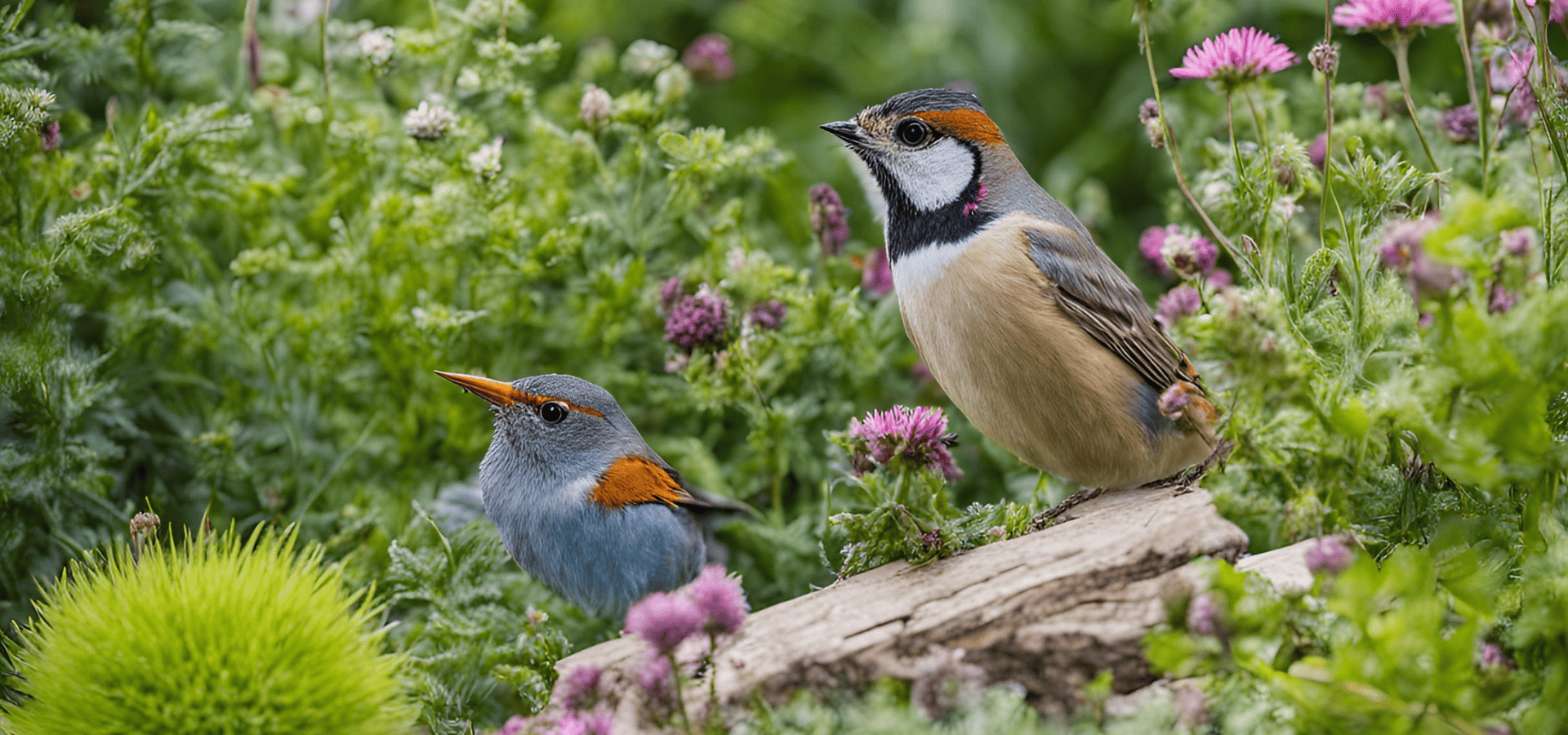
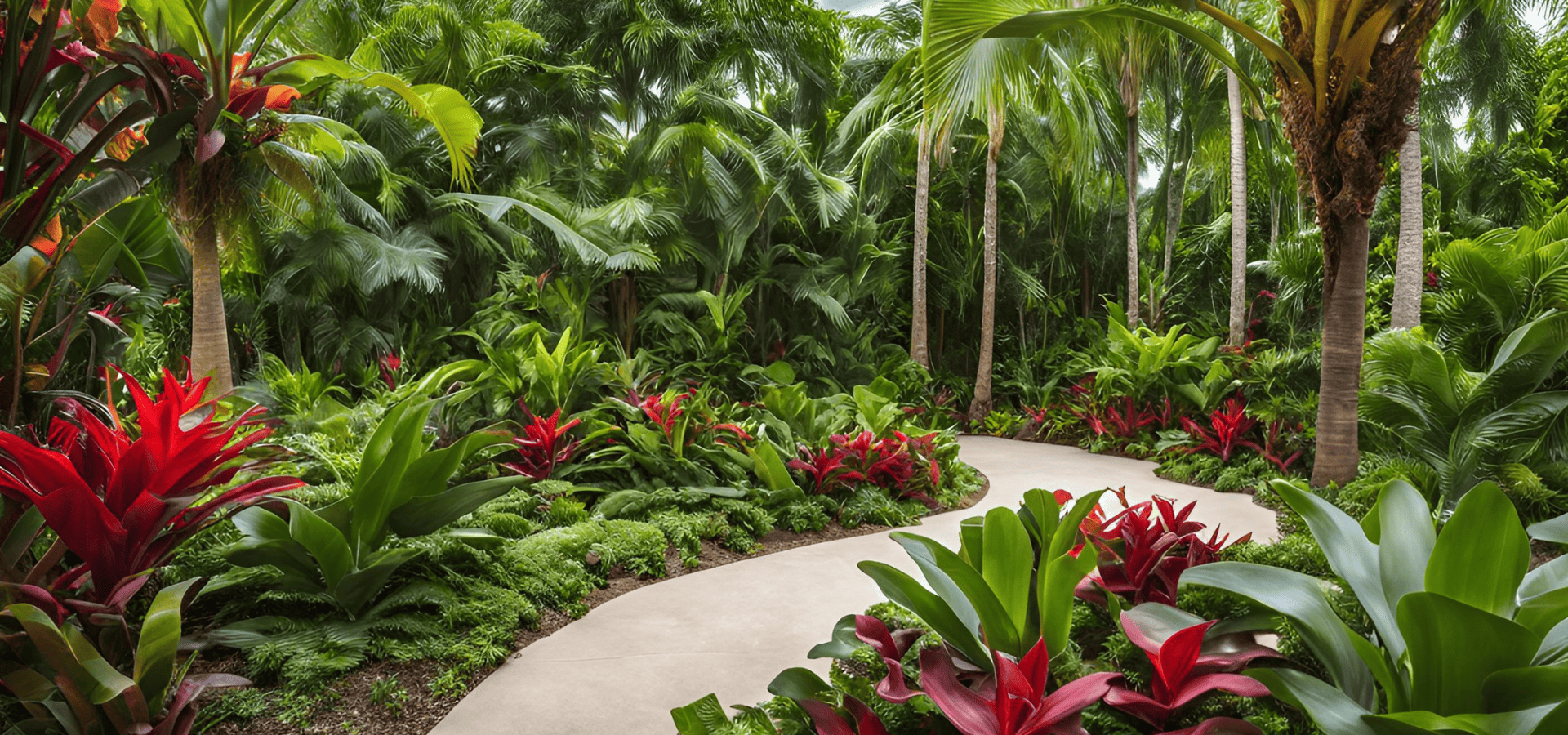
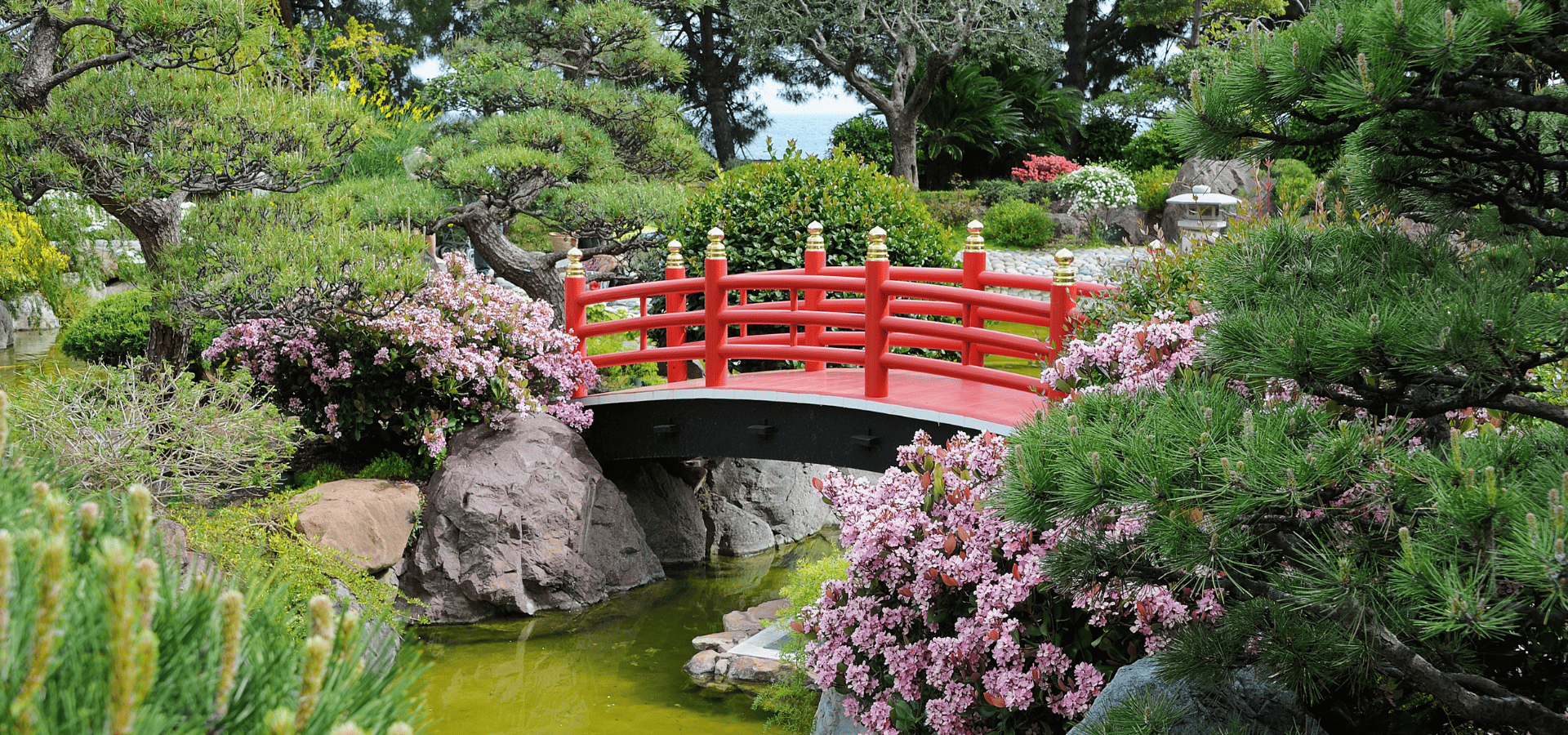

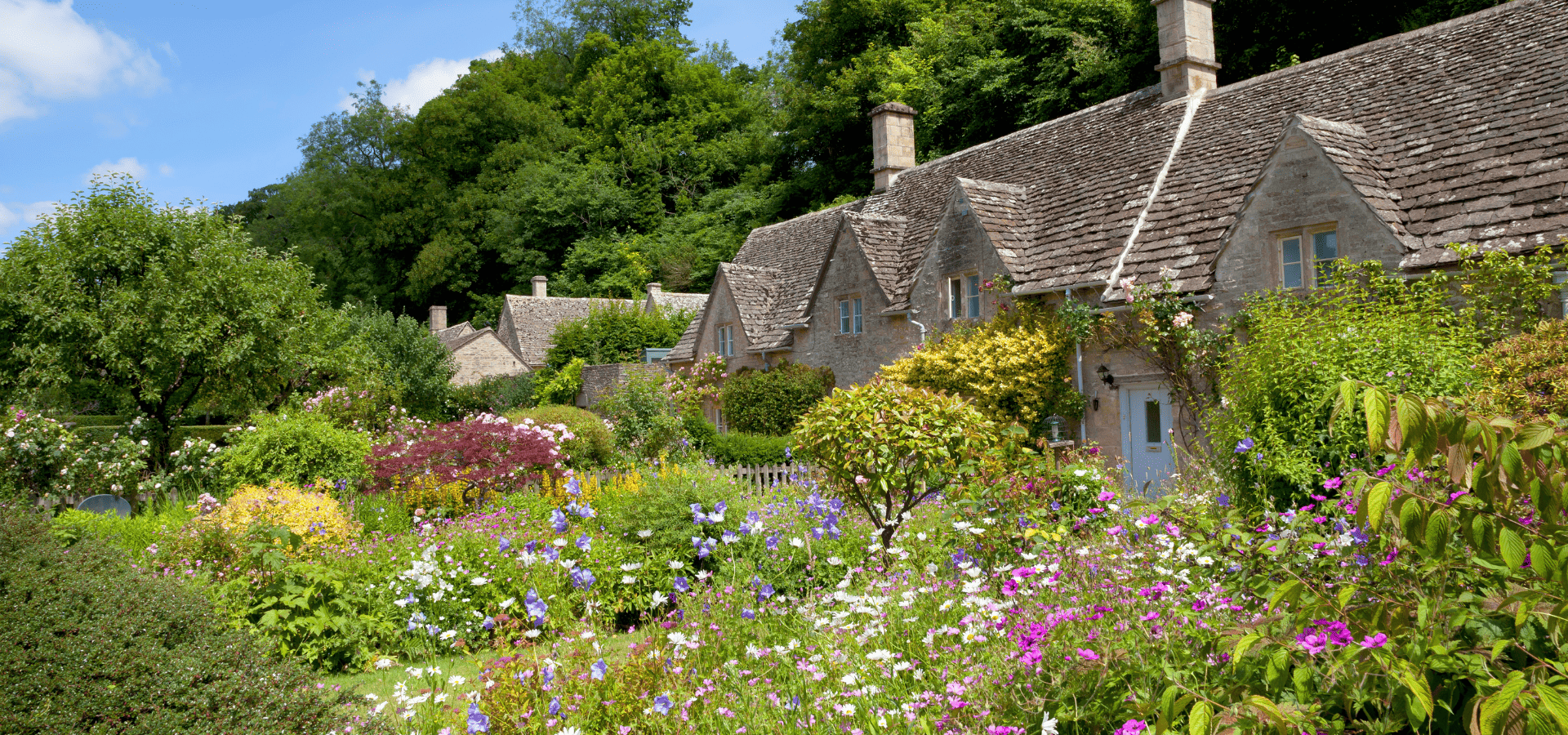
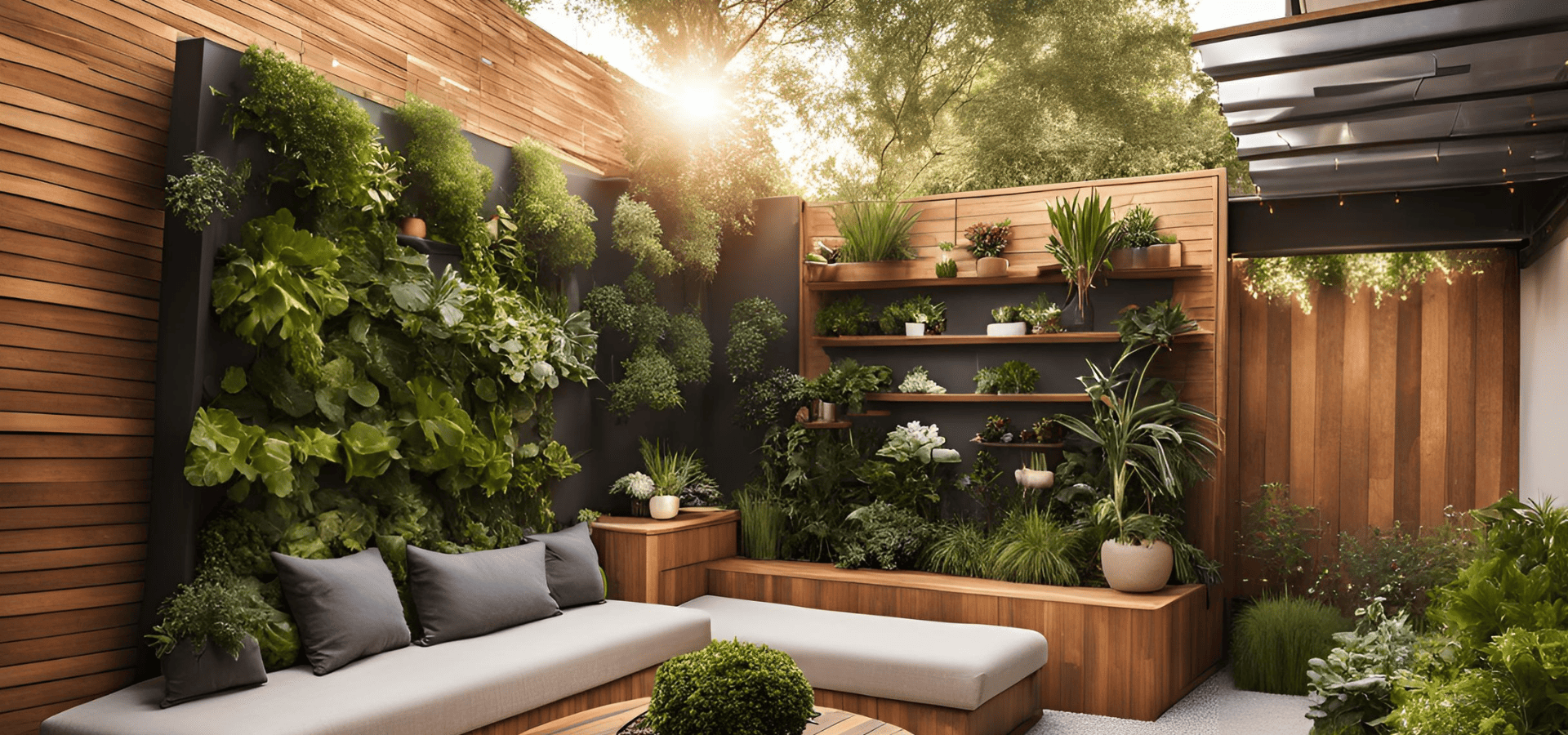
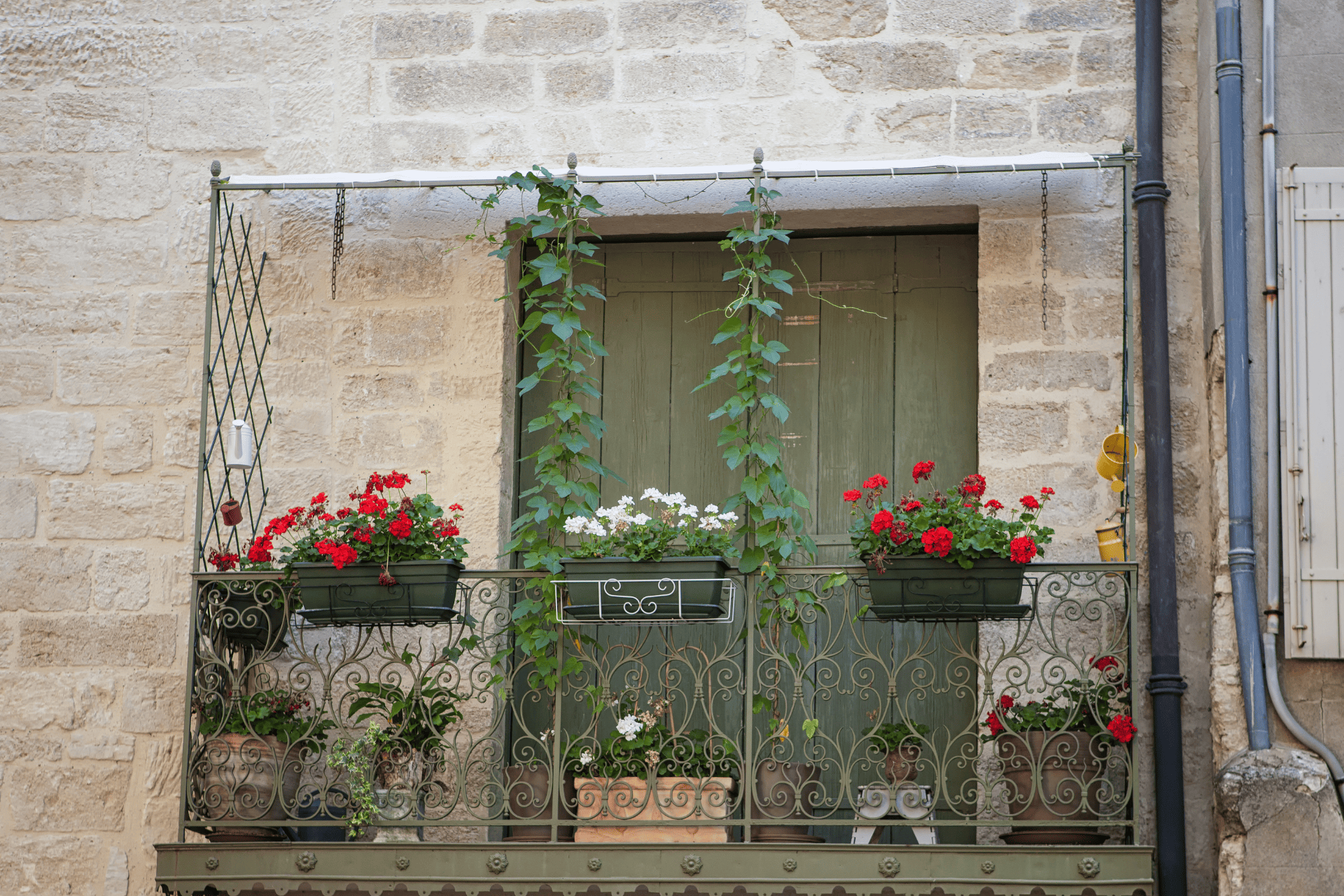
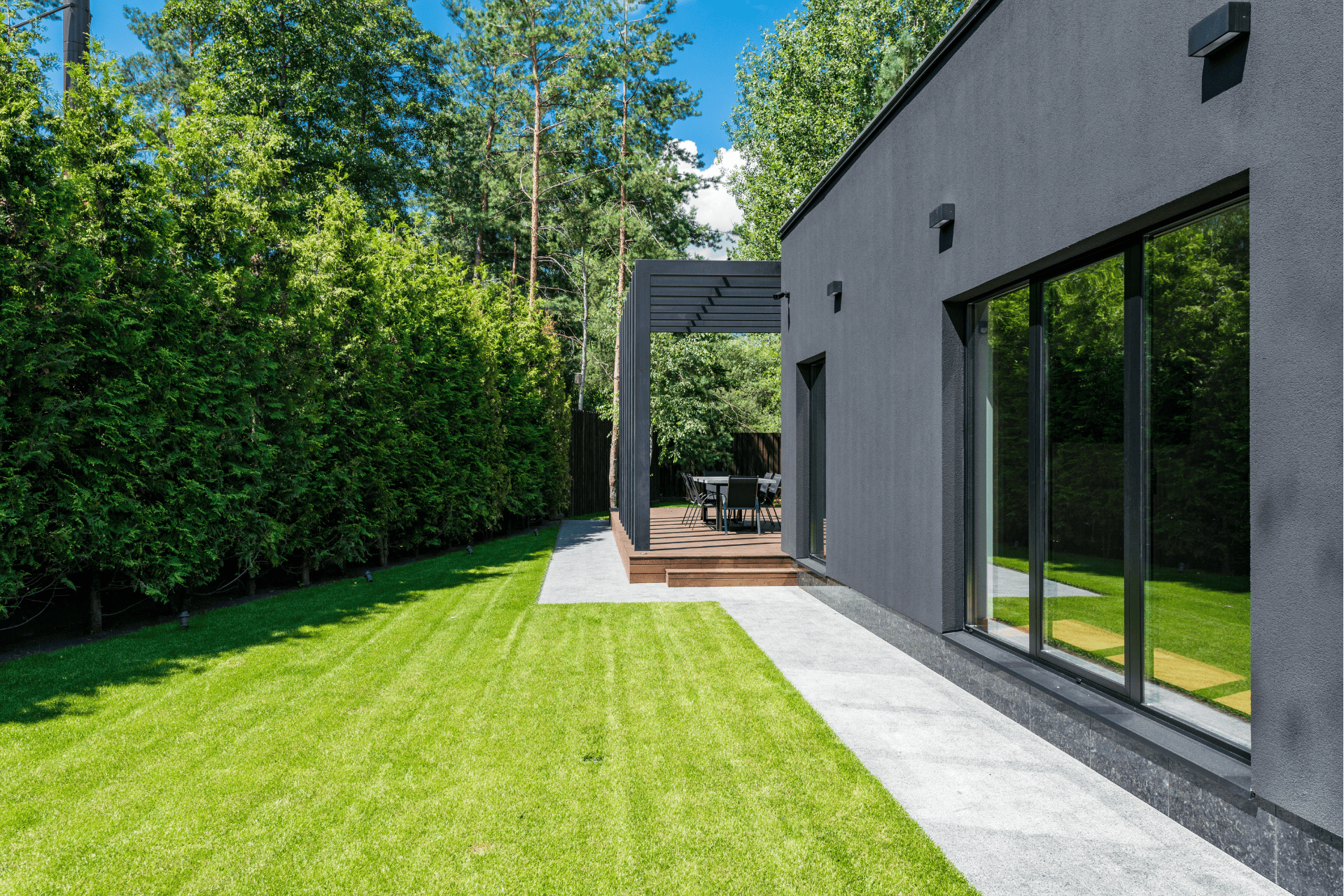
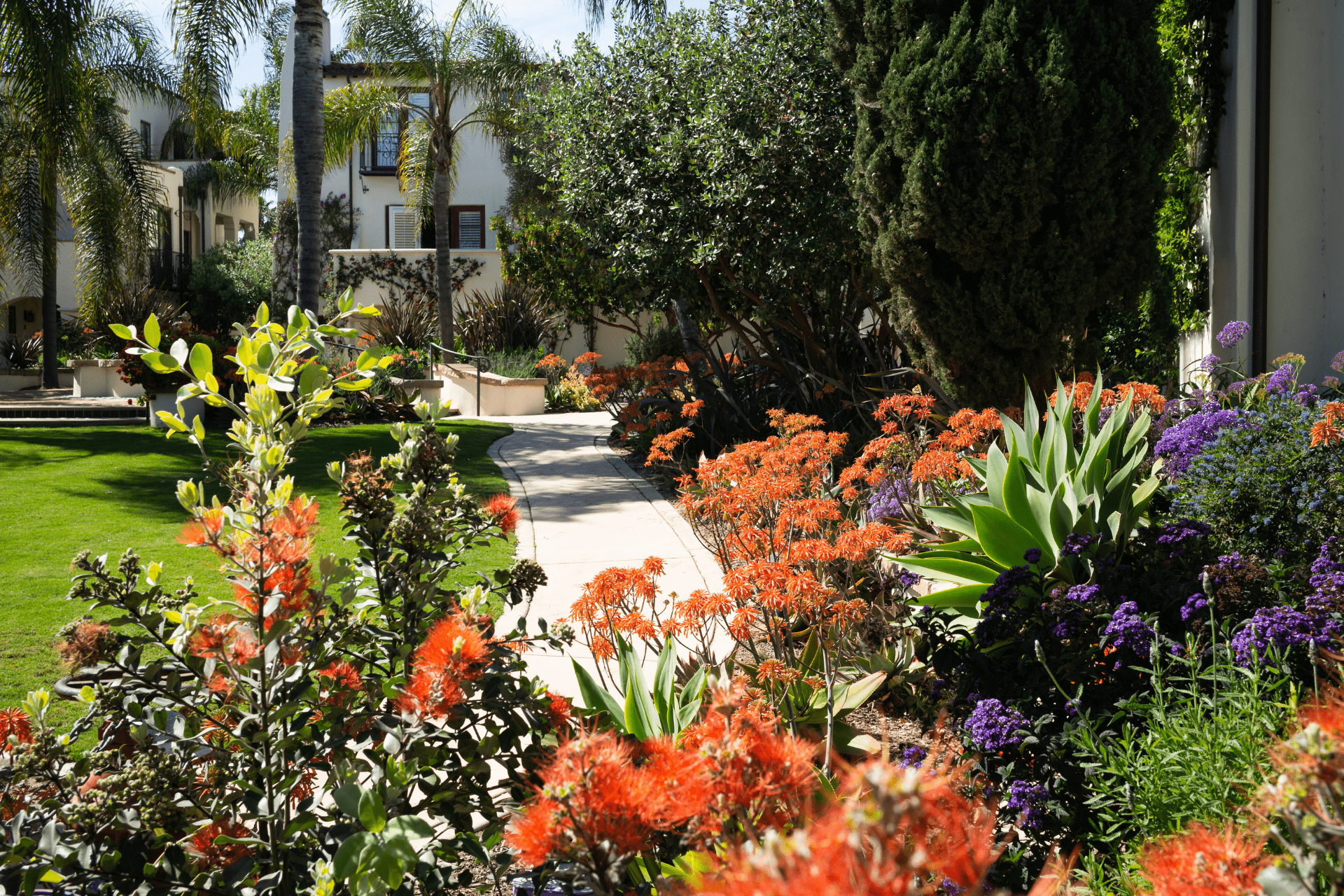

Contact
3917 S Valley Forge Ave Boise, Idaho 83706
Business Hours
Monday - Sunday
6:00 am - 7:00 pm
